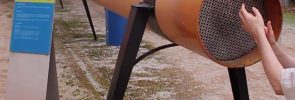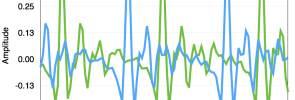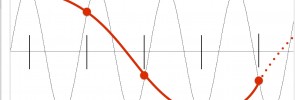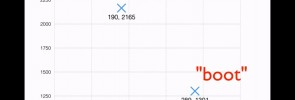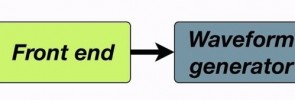The equation for the Gaussian probability density function looks a little scary at first, but this video should help you understand what each of the terms is doing, and how they fit together.
After watching the video
- download the spreadsheet which shows the calculations and plots from this video (tip: the Apple Numbers.app version includes images of the equations) – try changing the mean and variance and see what happens to the various plots
- try this interactive demo to get a feel for how the mean and standard deviation affect the shape of the distribution
